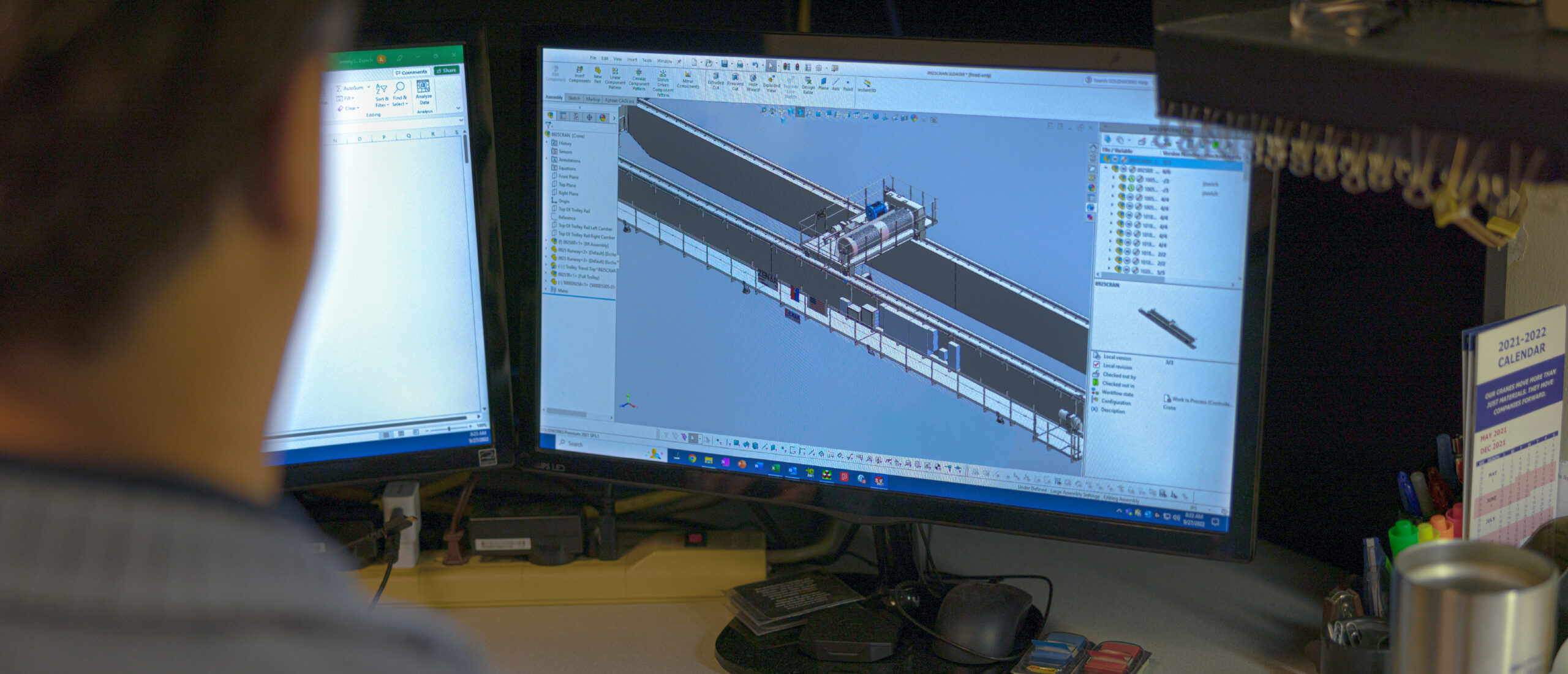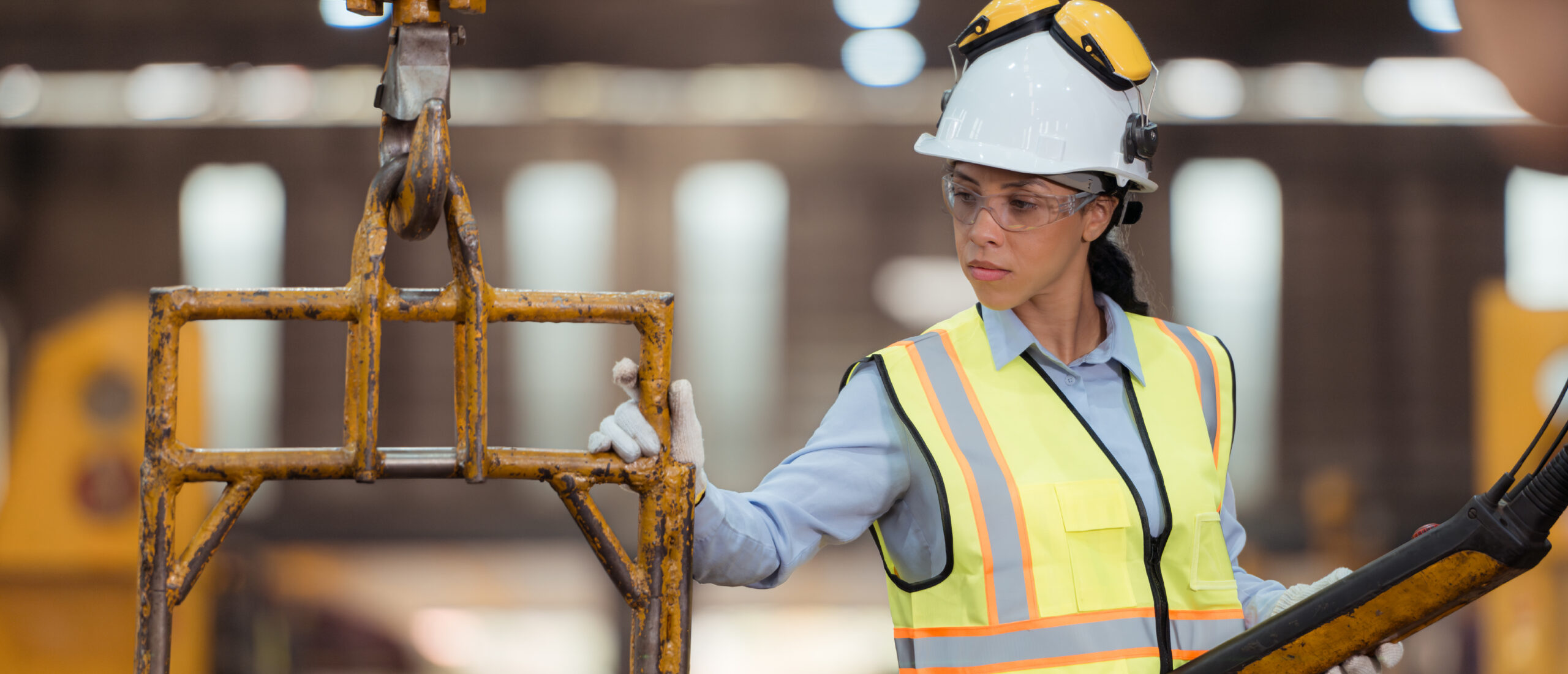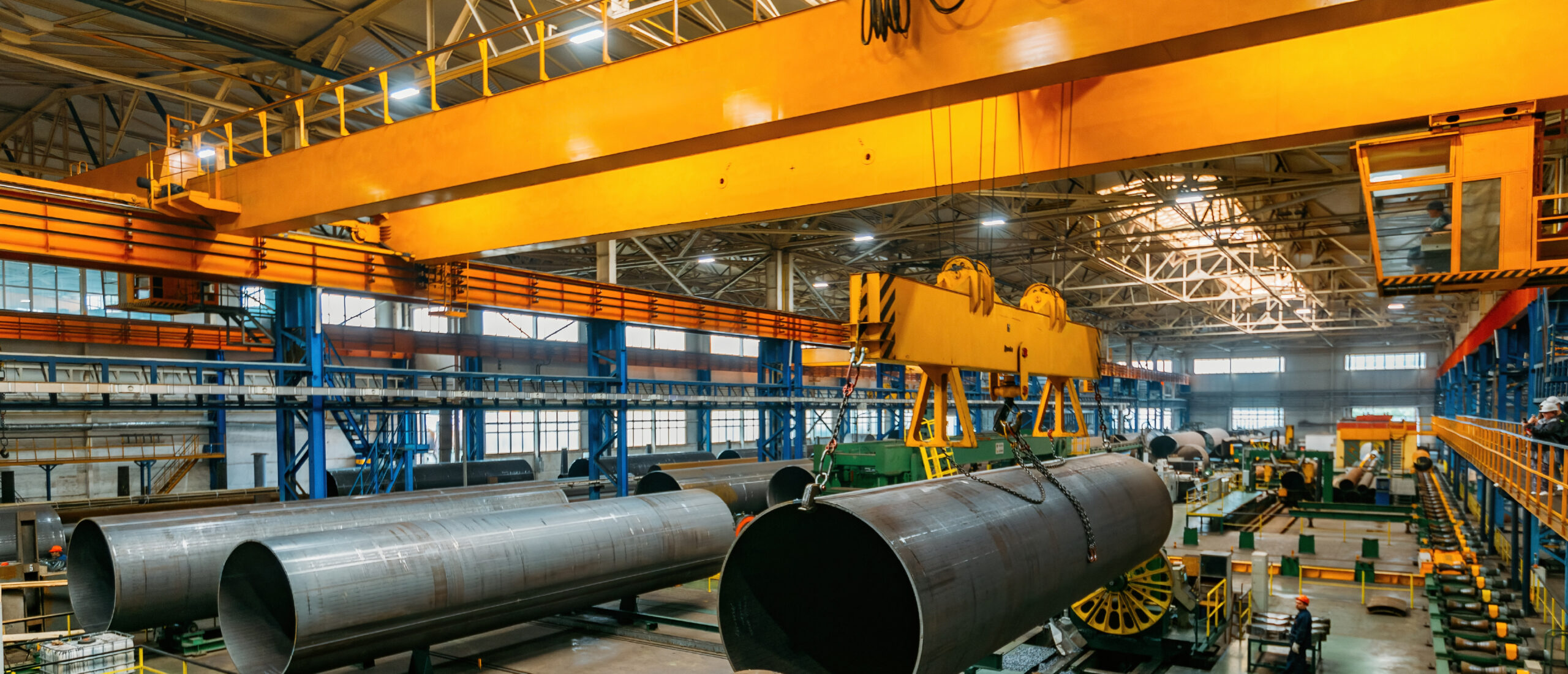Understanding Bridge Cranes: The Basics
Have you ever seen a bridge crane in action? Whether it’s zooming overhead on a construction site or slowly hoisting cargo in a warehouse, bridge cranes are powerful machines that provide vital support to a wide range of industries.
Let’s explore the basics of bridge cranes and understand their importance in industrial, commercial, and residential settings. From the humble overhead crane to the mighty gantry and jib crane, we’ll investigate the uses of each type of bridge crane, as well as examine their unique features and distinctions from similar crane types.
What Are Bridge Cranes?
We all know that cranes are a vital part of the construction industry, but what exactly are bridge cranes? What are they used for and how do they operate?
A bridge crane, or an overhead crane, is a type of crane that is suspended from the ceiling and used to lift and move heavy loads in industrial settings. It is usually composed of two main components: a bridge, which spans an area, and a trolley, or an overhead hoist, which is connected to the bridge and moves across it. The bridge can be moved by a motor or manually along a fixed track. The trolley, on the other hand, moves along the bridge and is also operated by a motor. The combination of the bridge and trolley allows for the lifting and moving of heavy loads in a controlled manner.
With a powerful combination of hoists, winches, motors, and pulleys, bridge cranes provide efficient and effective solutions for transfer operations in factories, warehouses, construction sites, and ports around the world.
Bridge Cranes: A Type of Overhead Crane
The most common name for a bridge crane is the overhead crane, and for good reason. As the most recognizable type of crane, overhead cranes are used for a wide variety of lifting and loading tasks, and their light, yet strong, construction allows them to reach high up in the air and across long distances. The base of the crane is mounted to the ceiling, or overhead, hence the name.
In reality, a bridge crane is actually a type of overhead crane. The two terms are often used interchangeably. A bridge crane is simply an overhead crane with a double girder configuration.
Additional Crane Types
Gantry crane, jib crane, cantilever crane, and semi-gantry crane are all terms that refer to a type of crane that is capable of carrying very heavy loads. Although some aren’t technically bridge or overhead cranes, many work in a similar manner.
The Gantry Crane: Not Technically a Bridge Crane
The gantry crane is an industrial giant that’s used for major lifting and loading jobs. Sometimes gantry cranes are called bridge cranes, but they are not quite the same thing. While similar in appearance to the overhead bridge crane, the gantry crane is much larger and more powerful. Its base is mounted on the ground, and its long, robust frame can reach far and wide across the worksite. This makes the gantry crane an ideal choice for larger construction projects or warehouse operations.
Jib Cranes
The jib crane is a smaller, more lightweight version of the overhead and gantry cranes. Its base is mounted to the wall or floor, and it can swivel around in a circle to access materials from multiple angles. This makes the jib crane the perfect solution for tasks that require a smaller footprint but still demand strength and durability.
The Basics of Bridge Cranes
No matter what name it goes by, the bridge crane is an invaluable tool in the industrial arsenal. These versatile machines help us lift and move heavy materials in ways that are safe, efficient, and reliable.
What Are Bridge Cranes Used For?
Bridge cranes are used in a variety of settings, such as factories, warehouses, and construction sites. They are used to move raw materials, components, and finished products throughout a manufacturing process. They can also be used to move heavy equipment and machinery in industrial settings. In residential settings, bridge cranes can be used to move heavy items, such as furniture and appliances.
How Do Bridge Cranes Operate?
Bridge cranes are generally designed to be easy to operate. They are powered by electric motors and can be operated using a variety of controls, such as push buttons, joysticks, and remote controls. The bridge is usually powered by a motor and moves along the fixed track, while the trolley is powered by a motor and moves along the bridge. The combination of the bridge and trolley allows for precise control over the lifting and moving of the load.
Bridge cranes can be either simple or complex, depending on the application. Simple bridge cranes typically consist of just the bridge and trolley, while complex bridge cranes may also include additional components, such as spreaders, end trucks, and turntables.
Considerations for Selecting a Bridge Crane
When it comes to selecting the right bridge crane, it is important to consider the type of application and the size and weight of the loads being moved. It is also important to consider the environment in which the crane will be used, as this will determine the type of materials and components needed for the crane.
Trust Zenar for Your Custom Bridge Crane Needs
At Zenar, we specialize in custom overhead cranes and material-handling applications. Our experienced team will work with you to design and fabricate a bridge crane that meets your specific needs and requirements. We offer a wide range of services, including crane fabrication, automation, parts, inspections and training, repair and maintenance, upgrades, and installation. Our business is proudly American made, owned, and operated.
Start your next project with Zenar and contact us today to fulfill your custom bridge crane needs. Whether you need a simple or complex bridge crane, we are here to help you get the job done right.
Read
More
Articles

How Zenar Cranes Are Designed for Safety & Reliability
When it comes to heavy lifting, safety and reliability aren’t just important—they’re absolutely non-negotiable. In an industry where machinery routinely operates under extreme conditions, Zenar Cranes have earned their reputation as trusted workhorses thanks to their robust design and advanced features.

8 Ways to Avoid Costly Crane Repairs
Overhead cranes play a pivotal role in the efficiency of industrial operations, serving as critical equipment in the movement and lifting of heavy materials. However, when these cranes falter, the financial repercussions from repairs, lost productivity, and enhanced safety risks become significant.

Troubleshooting Techniques for Overhead Crane Electrical Problems
Nestled within the bustling heart of the industrial sphere, overhead cranes stand as monumental testaments to human engineering and ingenuity. These mechanical behemoths are indispensable in a myriad of sectors, from construction to manufacturing, playing a pivotal role in the lifting and transportation of heavy materials. Yet their pivotal role comes with its set of challenges, especially when it comes to maintaining their electrical integrity.